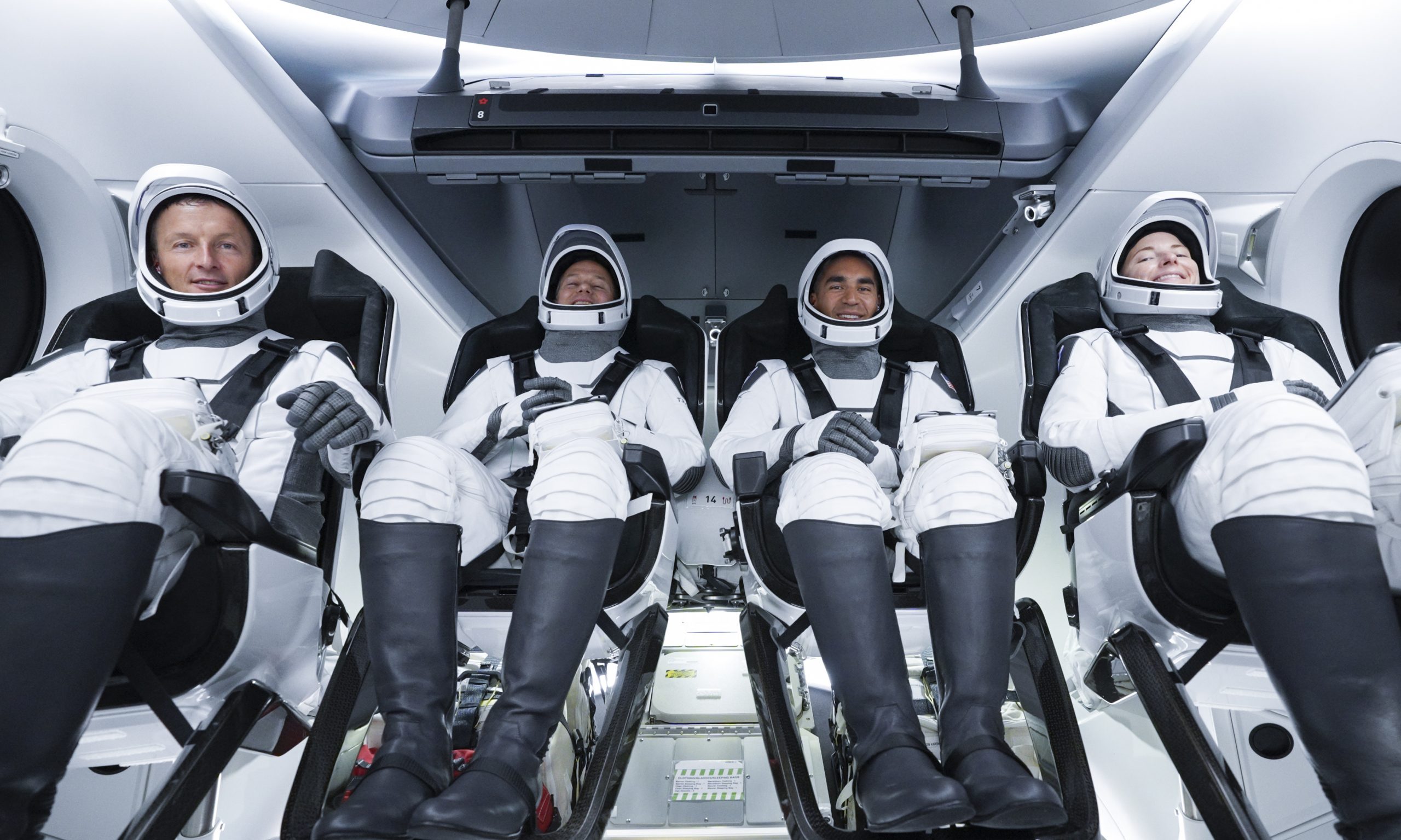
NASA astronauts Kjell Lindgren, Bob Hines, and Jessica Watkins, and ESA (European Space Agency) astronaut Samantha Cristoforetti, entered their official quarantine period beginning Thursday, April 7, in preparation for their flight to the International Space Station on NASA’s SpaceX Crew-4 mission.
The process of flight crew health stabilization is a routine part of final preparations for all missions to the space station. Spending the final two weeks before liftoff in quarantine will help ensure Crew-4 members are healthy and to protect the astronauts already on the space station.
Crew members can choose to quarantine at home if they are able to maintain quarantine conditions prior to travel to Kennedy. If quarantining at home is not possible – for example, if a household member can’t maintain quarantine because of job or school commitments – crew members have the option of living in the Astronaut Quarantine Facility at Johnson Space Center until they leave for Kennedy Space Center.
Additional safeguards have been added since the start of the coronavirus pandemic. Anyone who will come on site or interact with the crew during the quarantine period will be screened for temperature and symptoms. Lindgren, Hines, Watkins, and Cristoforetti will be tested twice for the virus as a precaution, as well as anyone who comes in direct, close contact with the crew.
NASA’s SpaceX Crew-4 mission is the fourth crew rotation flight to the ISS as part of NASA’s Commercial Crew Program. Crew-4 is targeted to launch no earlier than Thursday, April 21, on a new SpaceX Crew Dragon, named Freedom, atop the company’s Falcon 9 rocket from Launch Complex 39A at NASA’s Kennedy Space Center in Florida. Mission operations teams will be closely monitoring the weather and operational timelines related to the Axiom Mission 1, NASA’s first Private Astronaut Mission to the space station. Additional adjustments to the Crew-4 launch date may be required based on weather and Crew-4 vehicle readiness.
Crew-4 will arrive at the space station for a short overlap with NASA astronauts Raja Chari, Tom Marshburn, and Kayla Barron, and ESA astronaut Matthias Maurer, who flew to the station as part of the agency’s SpaceX Crew-3 mission in November 2021. Also on station are Roscosmos cosmonauts Oleg Artemyev, Denis Matveev, and Sergey Korsakov who flew to the station on a Soyuz spacecraft on March 18, 2022.
More details about the mission can be found in the press kit online and by following the commercial crew blog, @commercial_crew and commercial crew on Facebook.

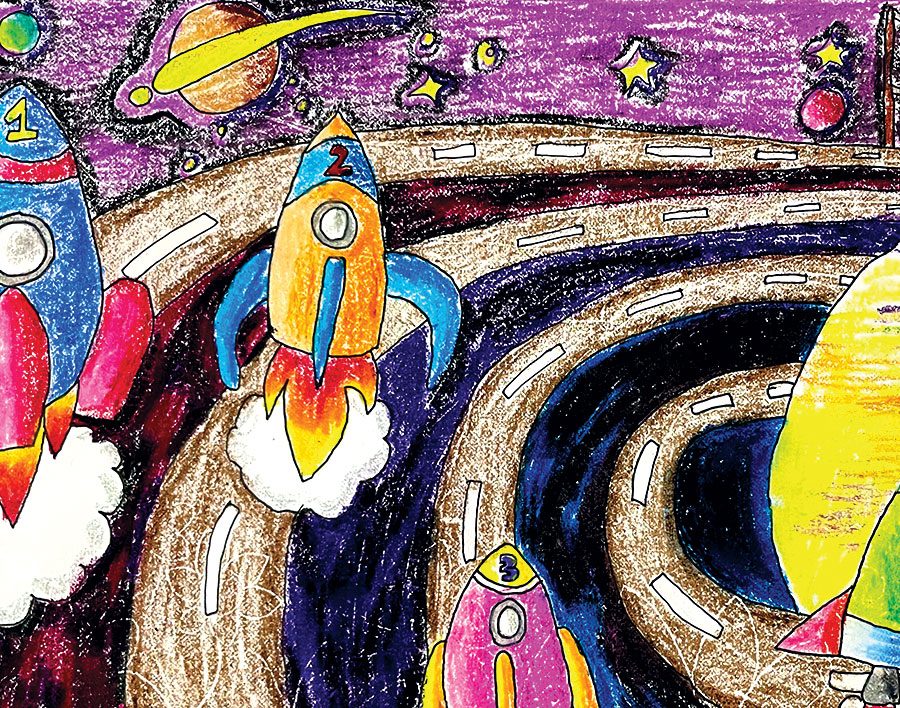
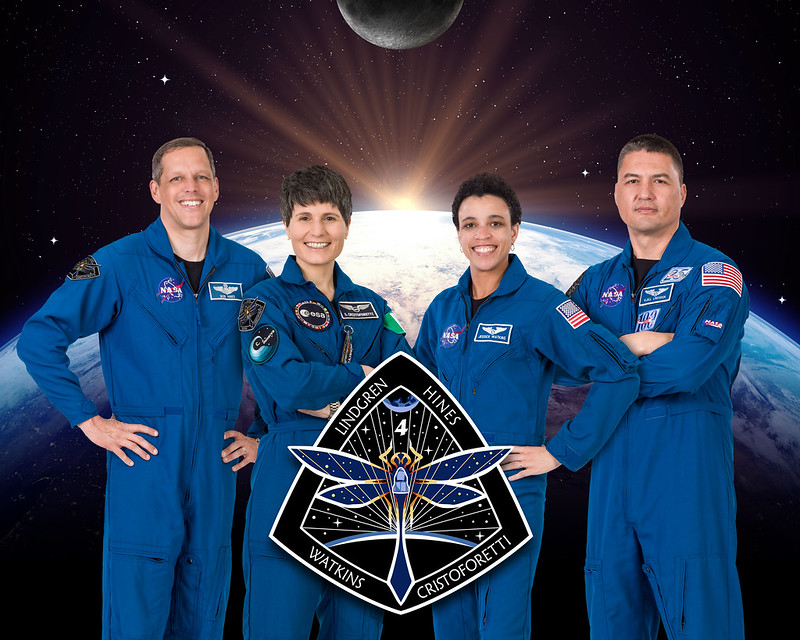

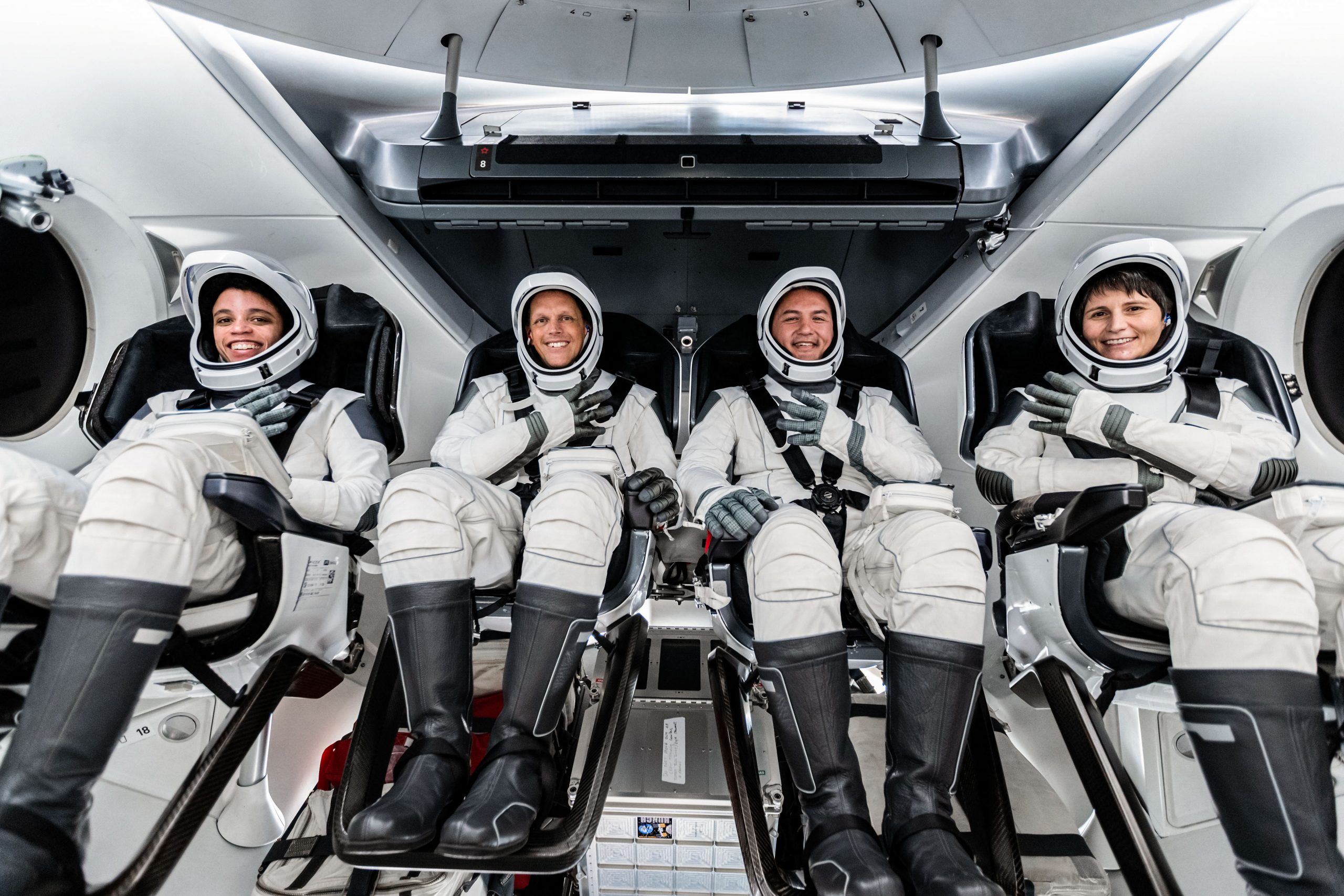
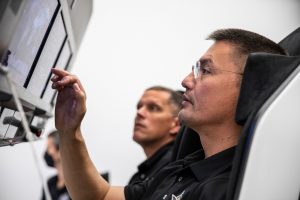
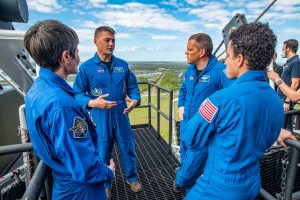

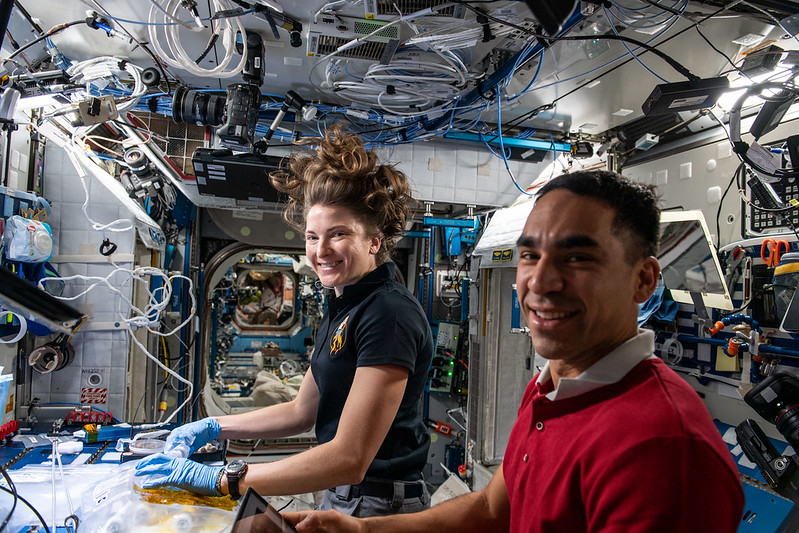

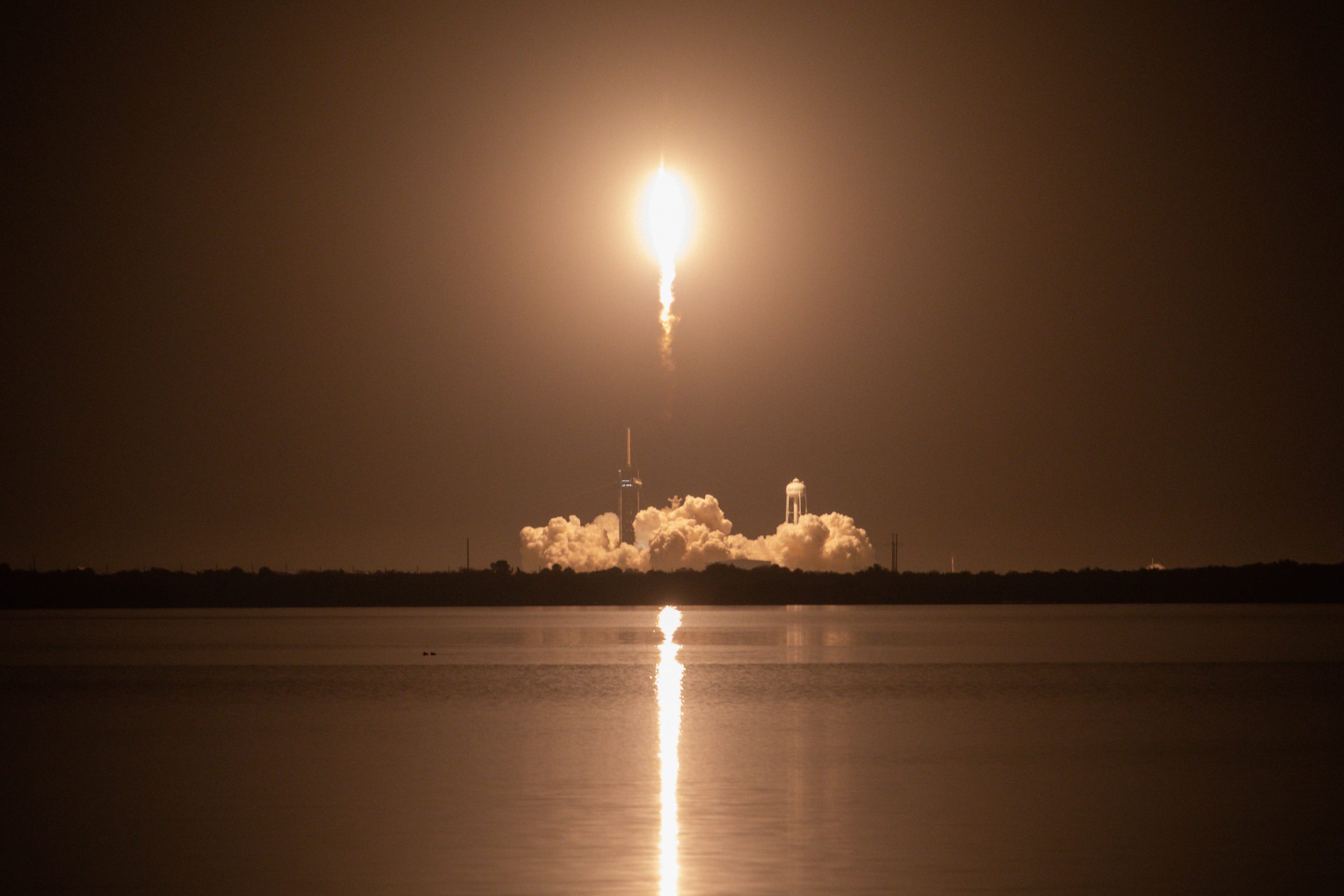
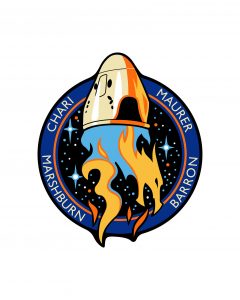 “What a beautiful evening for a launch. It was another great experience seeing those four guys take off into space on top of that Falcon 9 on that Dragon,” said NASA Associate Administrator Bob Cabana. “It is a huge challenge to safely get humans to and from low-Earth orbit, and the partnerships that we have with our international partners and our commercial crew partners has enabled this space economy that we have right now. What a great time to be part of America’s space program.”
“What a beautiful evening for a launch. It was another great experience seeing those four guys take off into space on top of that Falcon 9 on that Dragon,” said NASA Associate Administrator Bob Cabana. “It is a huge challenge to safely get humans to and from low-Earth orbit, and the partnerships that we have with our international partners and our commercial crew partners has enabled this space economy that we have right now. What a great time to be part of America’s space program.”
